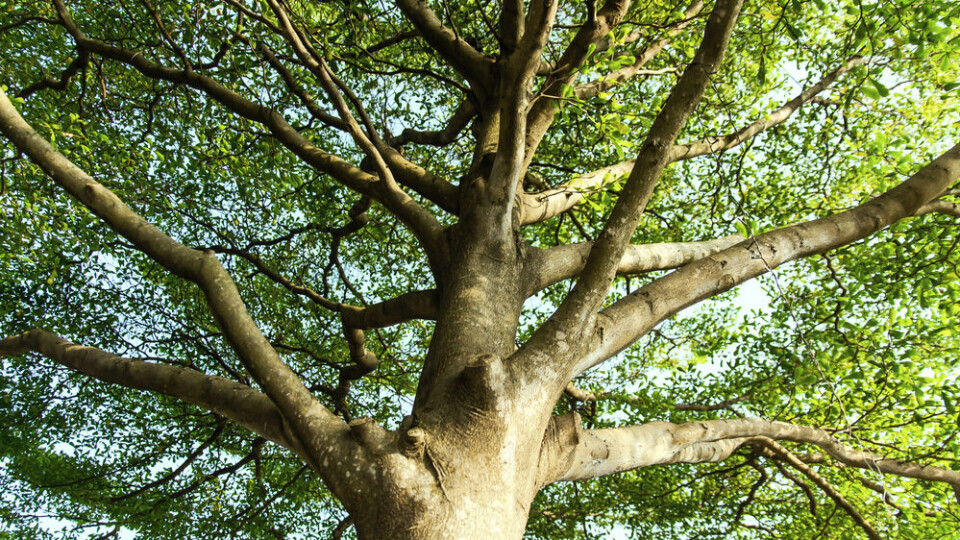-
How to identify lounging lizards in France
Learn about the habitats and behaviours of diverse lizard species, from the common wall lizard to the elusive Western three-toed skink
-
The origins and long history of France’s unique wildlife officers
Connexion talks to Julien Nicolas, who fulfils a role created by Charlemagne in the year 803, tackling wildlife posing a danger to the public
-
France leads efforts to save critically endangered European mink from extinction
A reintroduction plan is in place to save the species, which is more threatened than the Giant Panda
French law: Can I cut an overhanging branch from neighbour’s tree?
France’s Code Civil includes specific rules on encroaching branches and trees

Reader Question: There is a tree in my neighbour’s garden and some of the branches are hanging over the fence into my garden. What can I do about this?
Homeowners are always responsible for the maintenance of their garden alongside the plants, trees, and foliage within it.
Even in cases where part of the plant or tree crosses a property boundary (such as an overhanging branch), it is still up to them to maintain it in its entirety.
Article 673 of the French Civil Code states: “Anyone whose property is encroached upon by the branches of a neighbour's trees, shrubs or bushes may oblige the neighbour to cut them back,” it states.
As for “roots, brambles or twigs,” that cross the property line, the owner of the property being affected has the right to cut these themselves at the property line, without seeking permission from the other person, the Civil Code states.
One thing you should not – and legally cannot – do is cut down actual main branches (as opposed to the small twigs coming off these branches) hanging over your property yourself, as this is against the law.
Generally, if you ask your neighbour to prune or trim part of a tree hanging over into your property, they should agree to this, if not you would have to take them to court to obtain a judicial decision requiring them to prune the branches (see below).
Rules on trees planted too close to your land
There are also legal rules relating to the height of trees near to boundaries with neighbours.
Notably, trees more than two metres high should be planted no closer than two metres from the boundary.
If this is not respected a person may be obliged to cut the tree down or reduce its height.
However this is not enforceable if the neighbour can demonstrate that the tree reached two metres in height more than 30 years ago.
Remaining legal avenues if a tree is past this age would include a claim that it represents a hazard to your house or your land, for example, if it could fall on your house.
In cases where sunlight entering your property is badly blocked by trees, it may also be possible to request a judge to order its height to be reduced, based on a ‘neighbour nuisance’ claim (trouble anormal de voisinage).
There is however, no time limit to the specific rules on overhanging branches stated in article 673.
Lodging a legal complaint
Lodging a legal complaint over a tree works in much the same way as for other neighbour disputes.
You can firstly, either contact your mairie, or engage a conciliateur de justice to try to mediate and find an amicable solution.
If this fails, you can bring the case to court – you can contact one of the free points-justice to learn more about doing so.
Other issues that could arise
Unfortunately, it is generally-speaking not the neighbour’s responsibility to sweep leaves from your garden that fall from their trees.
Only if the leaf fall is extremely heavy and inconvenient (for example posing risks to health and/or material damage to your property) could you possibly use it as a basis of a ‘neighbour nuisance’ complaint.
Read more: Next door’s extension will block sun to my French home. What can I do?
You are allowed to cut a tree’s roots that cross the dividing line of a property without asking the neighbour’s permission, as well as to ask a judge to order the other homeowner to do so.
If the roots cause material damage to your property, you can also ask for compensation, and in some cases a judge may order the entire tree uprooted, regardless of its age.
Related articles:
Loud frogs spark neighbour row: how to handle noise problems in France
Can I build on shared wall between neighbour’s and my French property?
























